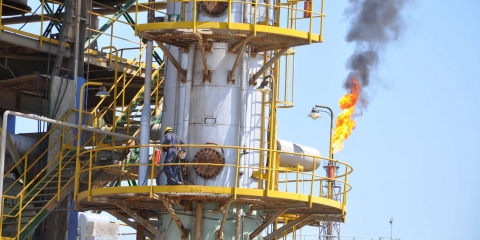Ancient market at heart of modern Baghdad
Souk al-Shorja is Baghdad's oldest market. It was established in the late Abbasid period about A.D. 750 and was first called Souk al-Rayahin then Souk al-Attarin. It is part of the historic area that includes the Abbasid palace on the Tigris River and the Khulafa mosque on al-Jumhuriya Street. "Shorja" means "salty water" in Arabic, […]Wassim Bassem writes for Al Monitor:
Souk al-Shorja is Baghdad's oldest market. It was established in the late Abbasid period about A.D. 750 and was first called Souk al-Rayahin then Souk al-Attarin. It is part of the historic area that includes the Abbasid palace on the Tigris River and the Khulafa mosque on al-Jumhuriya Street. "Shorja" means "salty water" in Arabic, and there was once a well where the market is now.
This market has remained throughout this period and later, and preserved the style of its shops, stores and squares that still swarm with shoppers and merchants. Modern shopping malls in the Iraqi capital cannot compete with Shorja. It consists of a series of overlapping souks that preserved their traditional and popular character. It offers food and conventional household goods and more specialized items for religious occasions and holidays. Traditional spice dealers sell all kinds of spices, sugar, tea, grains and sweets. There are several ways in to the market. Al-Monitor used the Rashid Street entrance, the narrow alleyways no more than three or four meters (10 or 13 feet) wide. Some of them are part of the market, which still preserves its old structure and has not seen any radical changes over the decades.





